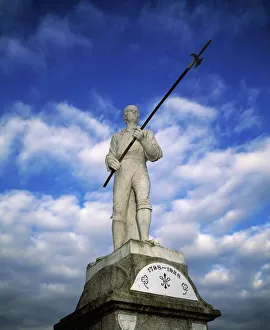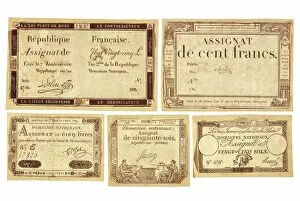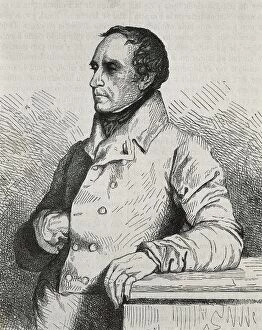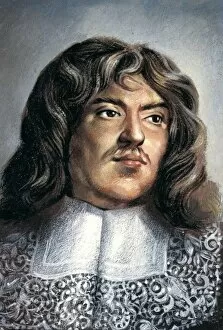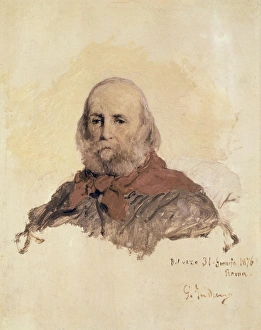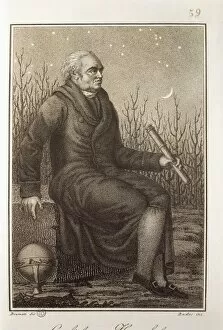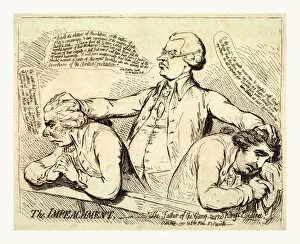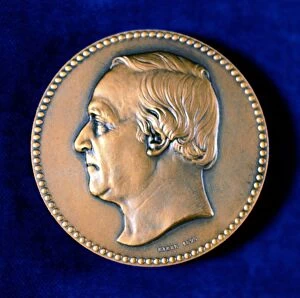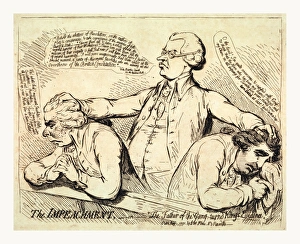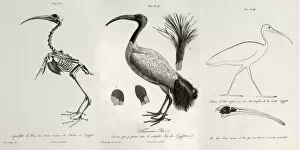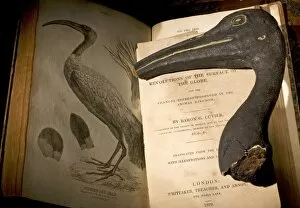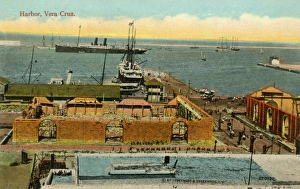Revolutions Collection (page 4)
"Revolutions: A Glimpse into History's Turning Points" Alexander Kerensky, the Russian leader, takes the salute as a symbol of hope and change
All Professionally Made to Order for Quick Shipping
"Revolutions: A Glimpse into History's Turning Points" Alexander Kerensky, the Russian leader, takes the salute as a symbol of hope and change. In France, a photograph captures the intensity of a rail strike with armed soldiers and striking workers - an image that epitomizes stagnation. The 1848 February Revolution in France marked a significant moment when people rose up against oppression and fought for their rights. The Spanish Civil War witnessed the trial of those involved in the "Proces de la Revolucio Espanyola, " showcasing the complexities of revolutionary movements. Militia marching during the Spanish Civil War exemplifies determination and unity in fighting for freedom. With "Ganar la guerra" (Winning the war) as their motto, revolutionaries during the Spanish Civil War displayed unwavering resolve to achieve victory. From Maqueda to every corner of Spain, towns like this became battlegrounds during one of history's most devastating conflicts -the Spanish Civil War (1936-1939). Campesinos (peasants) played an essential role in shaping events during Spain's civil war, highlighting how they can often fueled by ordinary people seeking justice. Street battles in Berlin serve as vivid reminders that they are transcend borders and ignite change on a global scale. Etienne Bericourt's revolutionary procession engraving encapsulates both grandeur and chaos - two defining elements present throughout history's revolutions. In these moments captured through photographs, engravings, and memories from different eras across various countries, we witness humanity at its most transformative; where dreams clashed with reality, ideologies collided fiercely, lives were forever changed or lost – all within these powerful revolutions that shaped our world today.

